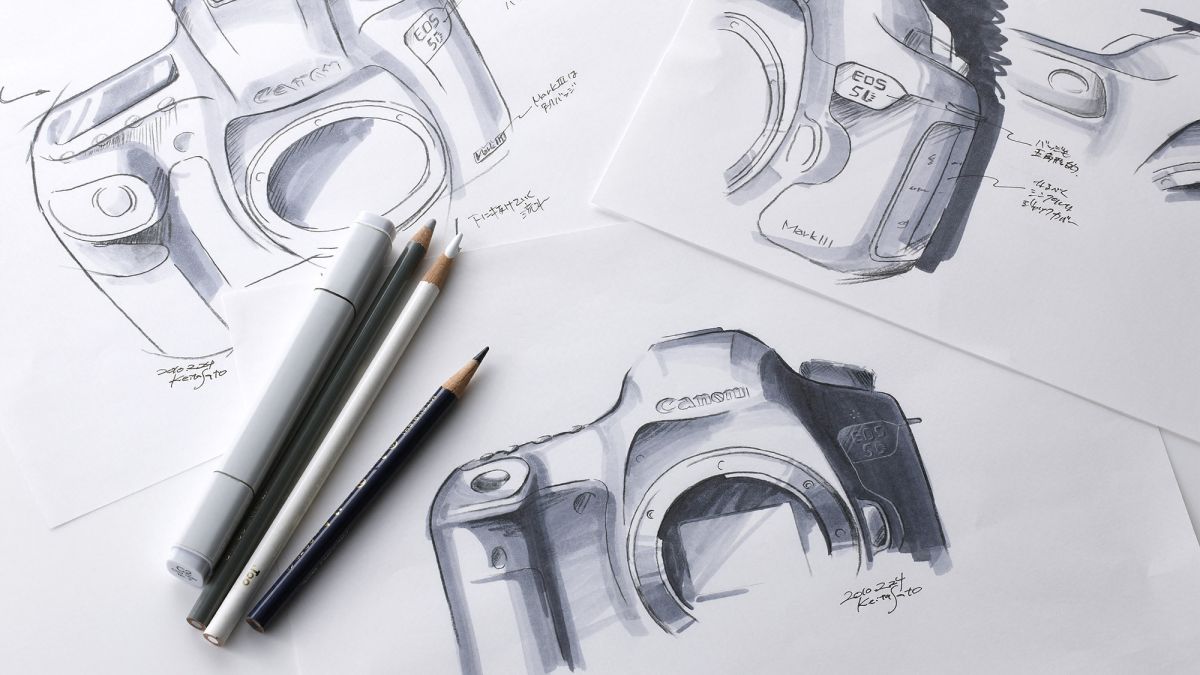
5D Mark IV: sensor and focusing
It’s been over four years since Canon dropped the EOS 5D Mark III onto the market, and while it remains a popular camera among enthusiasts and professionals, many will agree that a Mark IV refresh is somewhat overdue. So here’s what we expect to see – and what we’d like to see – in the Canon EOS 5D Mark IV.
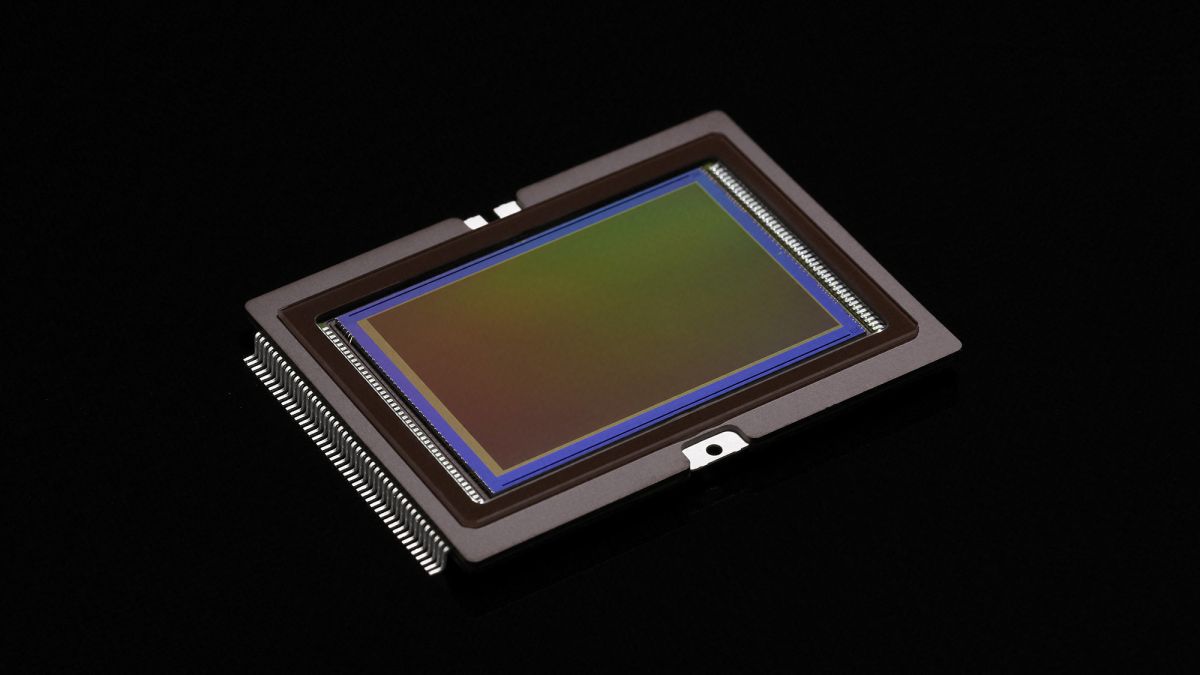
1. Greater resolution
An upgraded sensor with a higher pixel count is generally the one upgrade we can be sure of seeing in a new version of an existing model. It’s true that Canon only made a marginal change here between the EOS 5D Mark II and III models, from 21MP to 22.3MP – but this very fact could mean we’re in for a more significant leap for the new arrival.
Even if Canon ramps things up by some margin, though, it seems unlikely that the resolution will go beyond the 36MP mark of the Nikon D810 and Pentax K-1, particularly when you consider that Canon already has the 50MP EOS 5DS and EOS 5DS R in its DSLR stable.
Something around the 28-30MP mark would provide a sweet spot between a resolution high enough to satisfy most applications while keeping image quality high at higher sensitivities, and keeping file sizes reasonable too.
2. 4K video
Canon’s EOS 5D Mark II was a landmark camera for both enthusiast and professional videographers, and at this stage it’s inconceivable that Canon would release the EOS 5D Mark IV without 4K video – not least because Canon has successfully implemented the technology elsewhere.
With a growing number of relatively affordable mirrorless cameras sporting advanced 4K options, we expect to see this alongside a flat picture profile, together with zebra and focus-peaking options to help out when shooting.
This would all be in addition to the features seen on the EOS 5D Mark III, such as support for time code and inputs for both microphones and headphones. And, as with other 4K-equipped models, we would expect a broader range of high-frame-rate video options when shooting in Full HD quality, to enable the production of slow-motion footage.
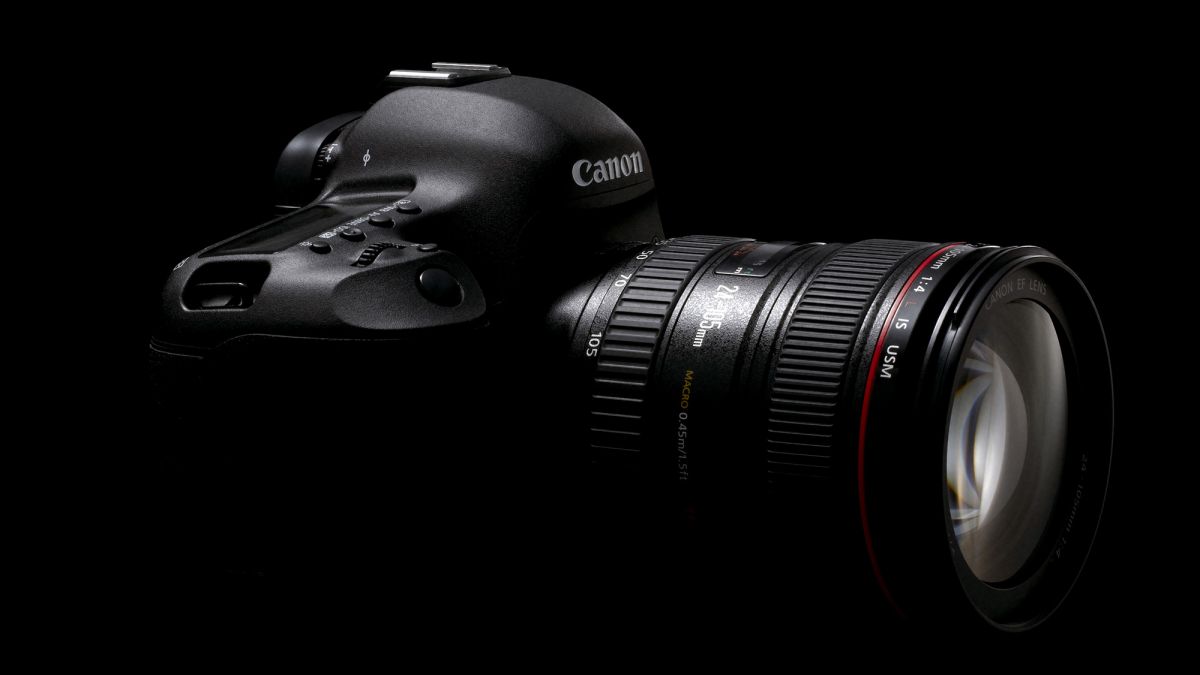
3. Broader ISO range
By today’s standards, the EOS 5D Mark III’s ISO100-25,600 sensitivity range seems limited. True, you can boost this to the equivalent of ISO102,400 if you need to, but this range is eclipsed by a slew of more recent cameras.
At the very minimum we’d expect to see the native sensitivity range stretch to ISO51,200, and it’s likely we’ll also have extended settings equivalent to ISO204,800 for when absolutely necessary. And who knows – if we’re lucky we may even get the ISO409,600-equivalent option from the EOS 1D X Mark II.
4. New processor
A new processor is a near certainty, particularly with 4K video on board. The DIGIC 4 processor used in the EOS 5D Mark III is most likely to be replaced by either the recent DIGIC 6+ model found inside the EOS-1D X Mark II, or an even newer engine (there is also a DIGIC 7 engine, although this has only featured in the PowerShot G7 X II model to date).
With this, we should expect to see improvements in image quality and operational speed; it could also provide an increase in burst speed over the 6fps offered by the EOS 5D Mark III, although on such a model we wouldn’t expect much more than an additional 1 or 2fps.
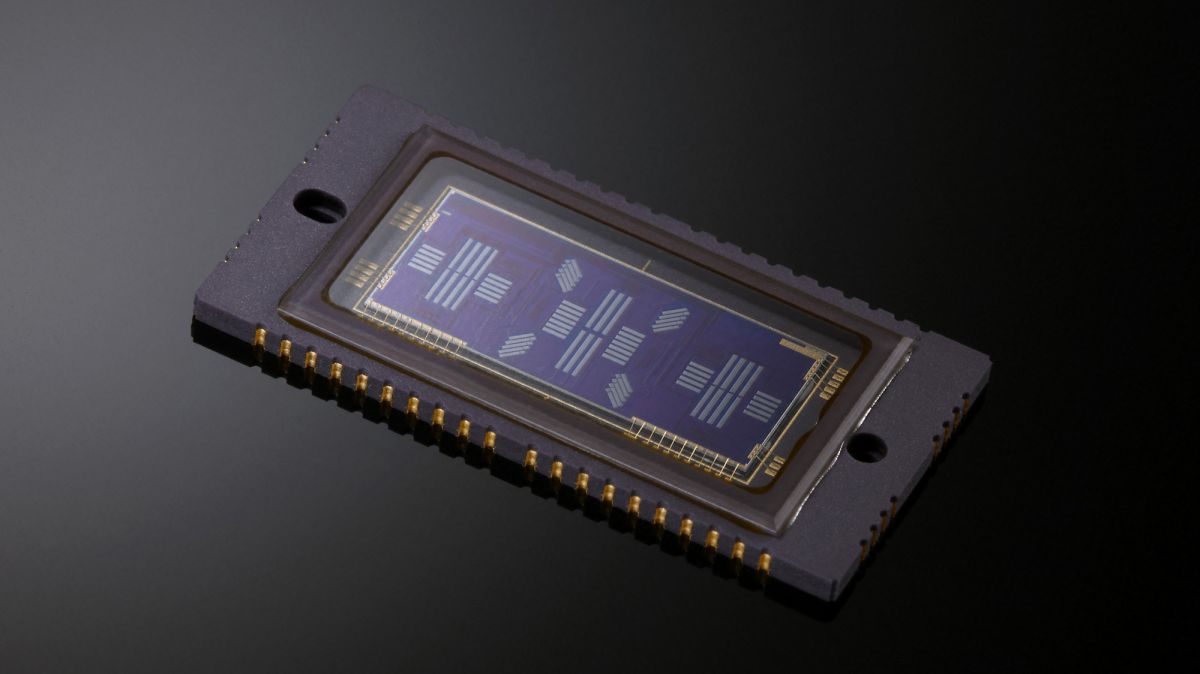
5. Refreshed focusing system
Although we expect to see a focusing system that’s similar to the excellent 61-point system inside the EOS 5D Mark III, we should see a handful of changes to ensure that the Mk IV keeps up with the competition.
Sensitivity, for example, is likely to be increased so that the camera performs strongly in low light, from -2EV at the central AF point down to -3EV at a minimum.
It’s very likely we’ll also see Canon claiming that revisions have been made to improve AF speed and accuracy when shooting both static and moving subjects.
5D Mark IV: interface and connectivity

6. Touchscreen
Touchscreens have traditionally been confined to entry-level and enthusiast cameras, rather than pro-level offerings, but this has started to change.
Not only did Canon recently integrate a touch-sensitive unit into its flagship EOS-1D X Mark II, so did Nikon for its rival D5 DSLR.
Whether we’ll get one on the EOS 5D Mark IV is unclear. After all, while the recent EOS 80D was gifted with one, the still-fresh EOS 7D Mark II and the full-frame 5DS and 5DS R were not. Still, given how useful touchscreens are for focus-point selection alone, the inclusion of one will no doubt please many.
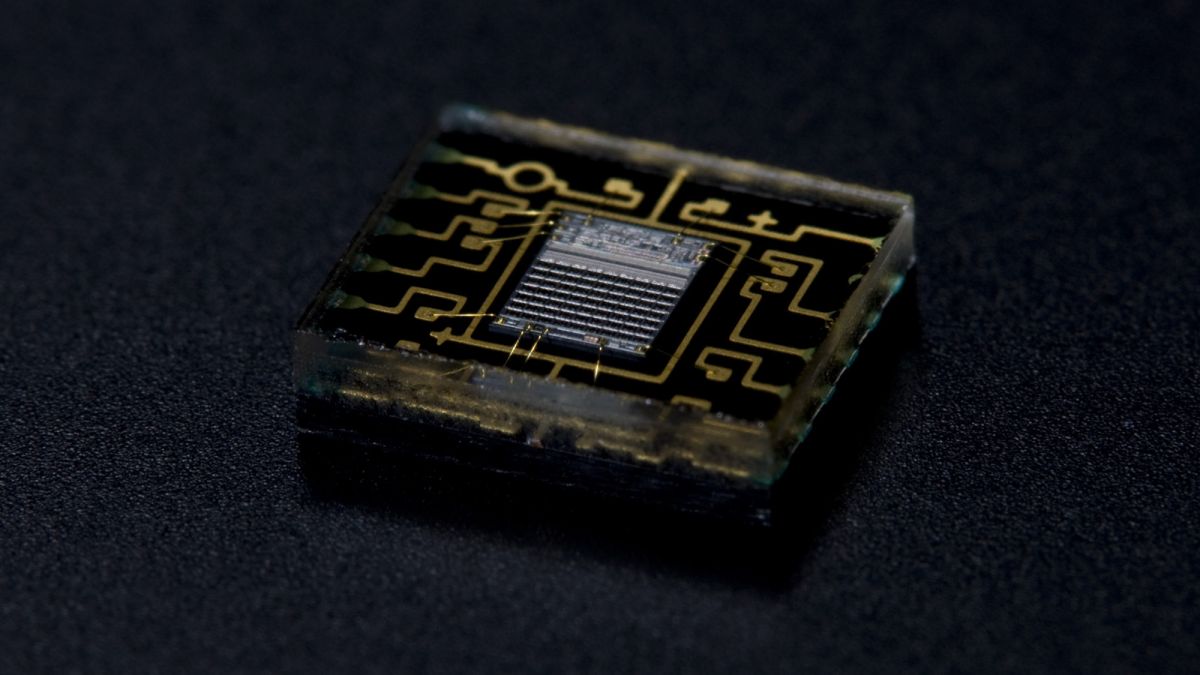
7. New metering sensor
It’s highly likely that we’ll see the EOS 5D Mark IV sporting a different metering sensor to the 63-zone iFCL model used on the 5D Mark III.
The EOS 7D Mark II offers a 150,000-pixel RGB + IR version, and the EOS-1D X Mark II is fitted with an even more recent 360K-pixel option. Both of these allow for iTR, or Intelligent Tracking and Recognition Auto Focus, which is lacking from the 5D Mark III.
Of course, unlike those cameras, EOS 5D models have not traditionally been designed with action photography as their main focus, and so the new camera may not be quite as adept at keeping track of moving subjects as some of its stablemates. Nevertheless, four years is a long time in DSLR development, and it would be surprising to see Canon sticking with the same metering sensor as before.
8. Tilting LCD
Is the EOS 5D line ready for a tilting screen? The EOS 5D Mark IV would be the most senior EOS model to have one – and there are good reasons to believe that this could be the EOS 5D that breaks with tradition.
For a start, many rival full-frame models, from Nikon’s D750 and Pentax’s K-1 to Sony’s A7 line of mirrorless cameras, now benefit from tilting or articulating screens. And the EOS 5D line has always sought to appeal to the widest audience possible, in contrast to other EOS models that are clearly built for speed or resolution. Given how standard this feature has become, we would definitely want it here.
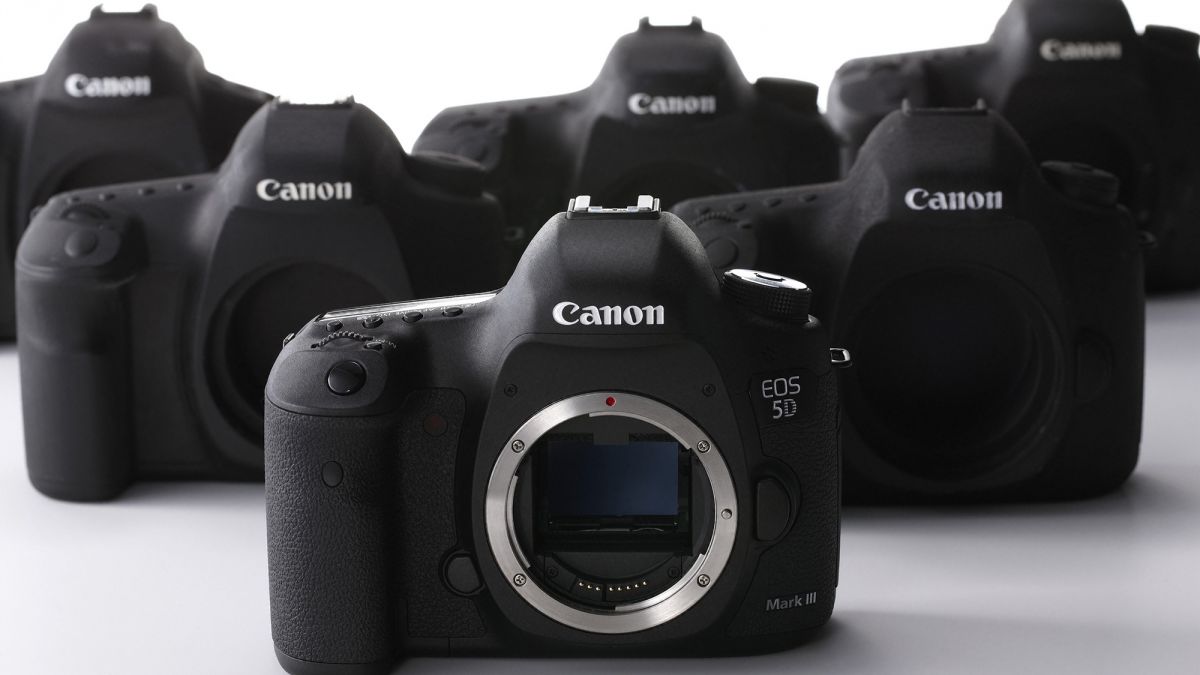
9. USB 3.0
With the expected boost in pixel count and the strong possibility of 4K video, it would be surprising not to see these complemented by a USB 3.0 port for speedy data transfer.
This feature wasn’t deemed necessary on the EOS 5D Mark II, although it has featured on a number of enthusiast and pro-level EOS DSLRs since the 5D Mark II’s launch, such as the EOS 7D Mark II and EOS 5DS.
10. Wi-Fi and GPS
Canon has included Wi-Fi and GPS inside a number of its most recent EOS models, but only the EOS 6D has managed to offer both alongside a full-frame sensor.
The EOS 5D Mark III had neither, but we reckon the 5D Mark IV will follow the recently announced Pentax K-1 in offering both features built in.
Source: techradar.com










































I'm guessing the surprise feature Canon keeps talking about will be depth of field and hyperfocal distance display options.
They are not going to give 4k…. they have a dedicated Cinema line and some of the cameras on there do not have 4k…. why would they put 4k on a semi pro still camera and not put it on their dedicated cinema camera?